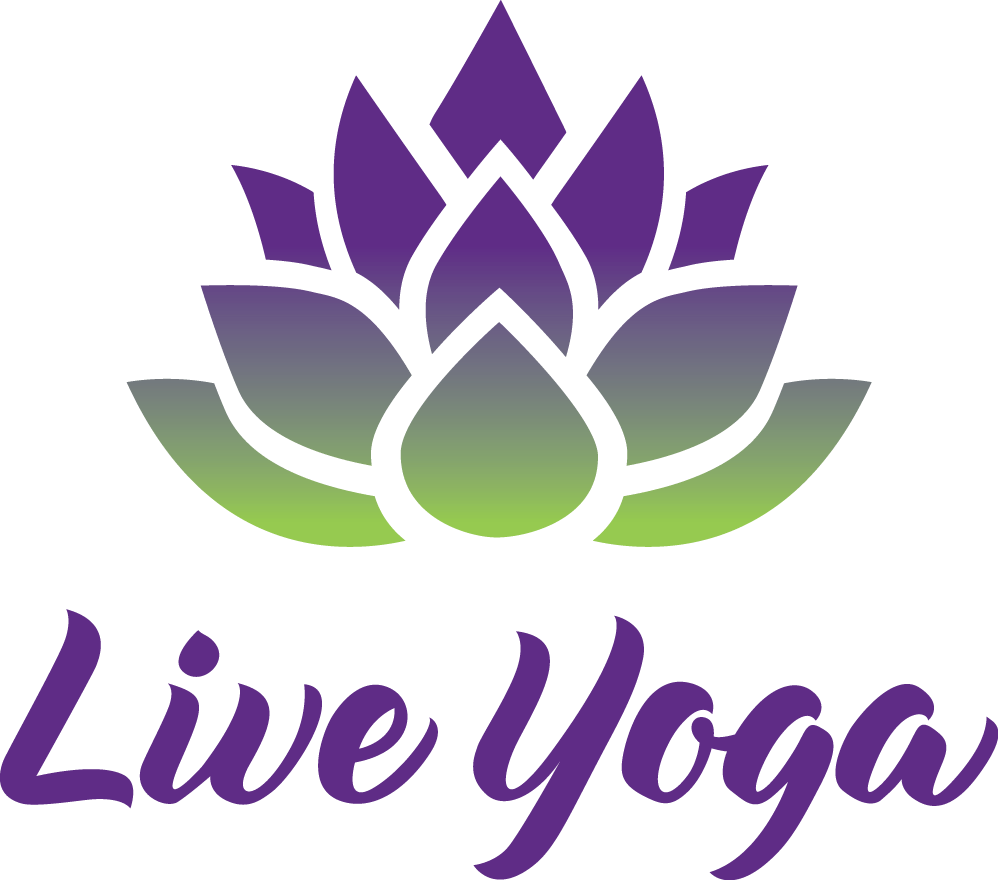Patanjali in a Nutshell - Sutra 1:2
Sutra 1:2
Complete mastery over the modifications of the mind is called Yoga
Pandit Rajmani Tigunait and Edwin Bryant
Yoga is the cessation of the movements of consciousness
Light on the Yoga Sutras of Patanjali – BKS Iyengar
Yoga happens in the resolution of consciousness
Threads of Yoga – Matthew Remski
In the second sutra Patanjali explains what yoga could be (this is open to debate). To stop our thinking mind or any movements or fluctuations of consciousness. I agree that it is enjoyable to have an experience free from thought or a clear calm mind but consider that as a permanent state. If this is the goal of yoga would our lives benefit by being in a state of thoughtlessness? If we emancipate ourselves from thoughts and ascend to the state of "yoga" how will our family feel, how will we make a living and work? Would we still be part of society?
I think it is very important to consider what yoga means to us. Being aware of our thoughts is a great tool to bring more balance into our life. As we practice stilling the mind often mental habits, influences, and life experiences come up and inhibit yoga. This is when the real yoga begins as we shift our lifestyle and habits to support calmness, balance, stillness, and of course, yoga. The practice irons out the wrinkles of habit, influences, and mental turbulence or at least makes us aware of these factors that draw are attention away from deeper states of focus, mindfulness, or connection.
My thoughts on permanence are influenced by nature. There is life and death and nothing escapes this cycle. In the natural world there is no permanence as things come and go. We cannot be in a constant state of inhalation as the exhalation must come to rid the lungs of carbon dioxide. So to I feel that reaching a permanent state of yoga is impossible. In the pages to come, Patanjali lays out practices and revelations on how to calm the mind and body and reach states of yoga but then we come down, back to our life, our world. The practice is there for us to find yoga but not to hold it. In ancient times sages and ascetics (or yogi's) would renounce life duties to pursue states of yoga (if any succeeded?). Even in todays world I can't find proof that any practitioners have reached permanent states of enlightenment or yogic consciousness through yoga practice. So what if experiencing glimpses of the states of yoga help us to wake up to the situations in our lives. Can stilling the fluctuations of the mind bring clarity and intimacy with our world? Is it possible to have an open understanding of what yoga is?
